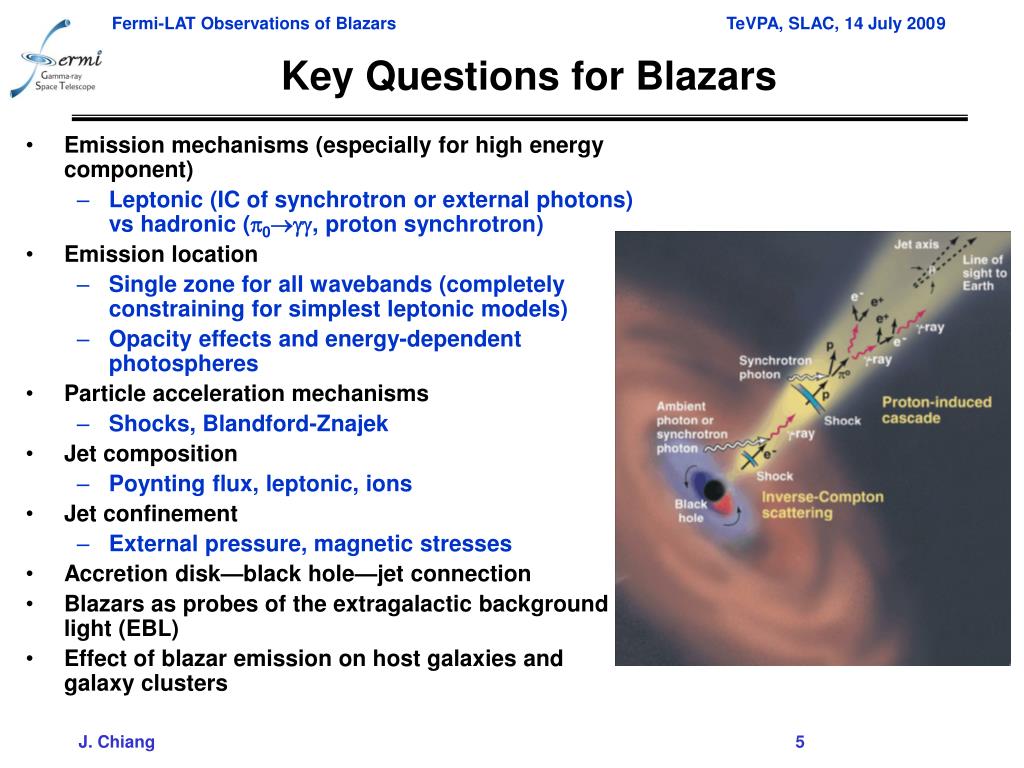
it'll take you to a page where you can post your message along with a title.Īs far as your question is concerned, the answer is yes. if you think your question warrants its own thread, then simply enter the appropriate sub-forum and click on the "new topic" link near the top of the page. Would the orbital motion of gas about the central black hole in M87 affect its spectrum when observed from the Earth? Can anyone answer this to me, explaining the reason of your answer? Thanksįirst of all, if you think your question is pertinent enough to the topic of an existing thread, you can post the question in that thread, so long as it does not "hijack" the thread (change the subject, derail it, etc.). The velocity of the gas in M87 was measured using the emission lines of various atoms. How can I post the following question to the forum? QSO S5 0014+81 Beobachtungen zu Eduard's Astropage, 29th Oct.Hi, I am new of the website."Particle Emission Rates from a Black Hole: Massless Particles from an Uncharged, Nonrotating Hole". Monthly Notices of the Royal Astronomical Society. "The blazar S5 0014+813: a real or apparent monster?". ^ Ghisellini, Gabriele Foschini, Luigi Volonteri, Marta Ghirlanda, Giancarlo et al.Harvard-Smithsonian Center for Astrophysics. ^ The Milky Way absolute visual magnitude is -20.6.^ Solar luminosity is 3.846 × 10 26 watts.


The Schwarzschild radius of this black hole is 120 billion kilometers, giving a diameter of 240 billion kilometers, 1,600 astronomical units, or about 40 times the radius of Pluto's orbit, and has a mass equivalent to four Large Magellanic Clouds. This makes it one of the most massive black holes ever discovered, more than six times the value of the black hole of Messier 87, which for 60 years was the largest known black hole, and was dubbed an "ultramassive" black hole. They found it to be about 10,000 times more massive than the black hole at the center of our galaxy, or equivalent to 40 billion solar masses. In 2009, a team of astronomers using the Swift spacecraft used the luminosity of S5 0014+81 to measure the mass of its black hole. The host galaxy of S5 0014+81 is an FSRQ (Flat Spectrum Radio Quasar) blazar, a giant elliptical galaxy that hosts a supermassive black hole at its center. The Swift spacecraft, used by astronomers to determine the mass of the black hole of S5 0014+81 The host galaxy of S5 0014+81 is a giant elliptical starburst galaxy, with the apparent magnitude of 24. It also has the other designation 6C B0014+8120, from the Sixth Cambridge Survey of Radio Sources by the University of Cambridge. The quasar's designation, S5, is from the Fifth Survey of Strong Radio Sources, 0014+81 was its coordinates in epoch B1950.0. The quasar is also a very strong source of radiation, from gamma rays and X-rays down to radio waves. The central black hole of the quasar devours an extremely huge amount of matter, equivalent to 4,000 solar masses of material every year.

However, because of its huge distance of 12.1 billion light-years it can only be studied by spectroscopy. The quasar's luminosity is therefore about 3 × 10 14 (300 trillion) times that of the Sun, or over 25,000 times as luminous as all the 100 to 400 billion stars of the Milky Way combined, making it one of the most powerful objects in the observable universe. If the quasar were at a distance of 280 light-years from Earth, it would give out as much energy per square meter as the Sun does at Earth, despite being 18 million times more distant. In the case of S5 0014+81, it is one of the most luminous quasars known, with a total luminosity of over 10 41 watts, equal to an absolute bolometric magnitude of −31.5. It belongs to the most energetic subclass of active galactic nuclei, which are produced by the rapid accretion of matter by a central supermassive black hole, changing gravitational energy to light energy that can be visible across cosmic distances.

The object is an OVV (optically violent variable) quasar, a type of blazar.


 0 kommentar(er)
0 kommentar(er)
